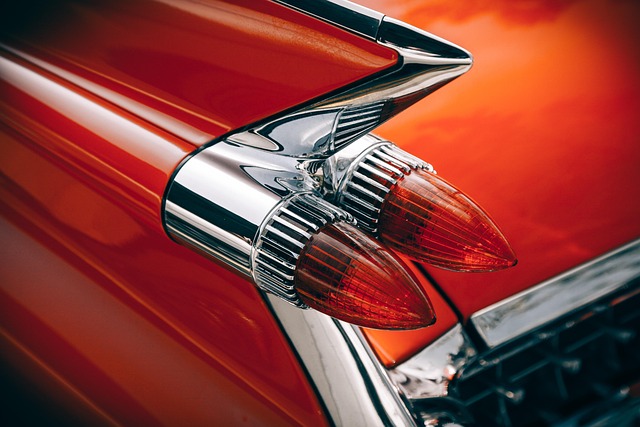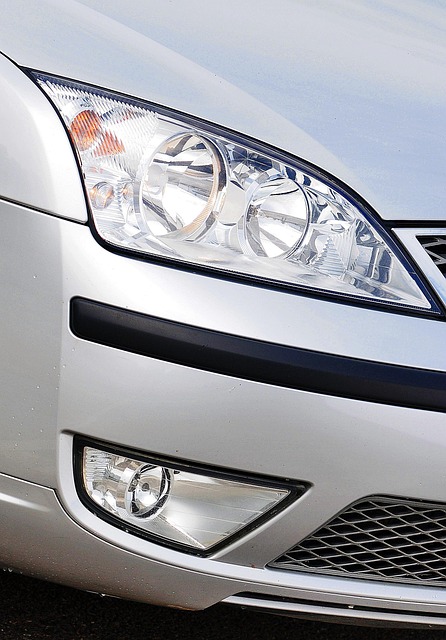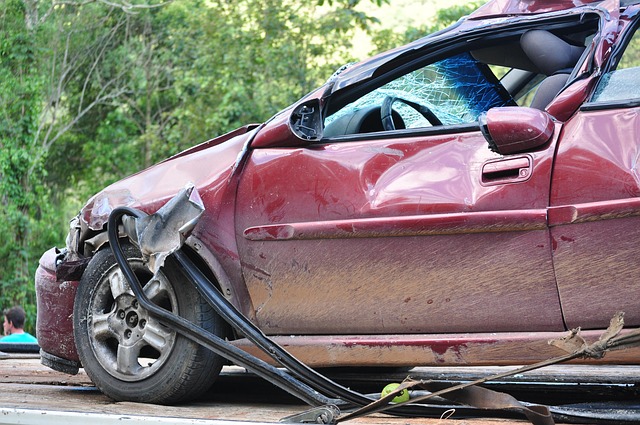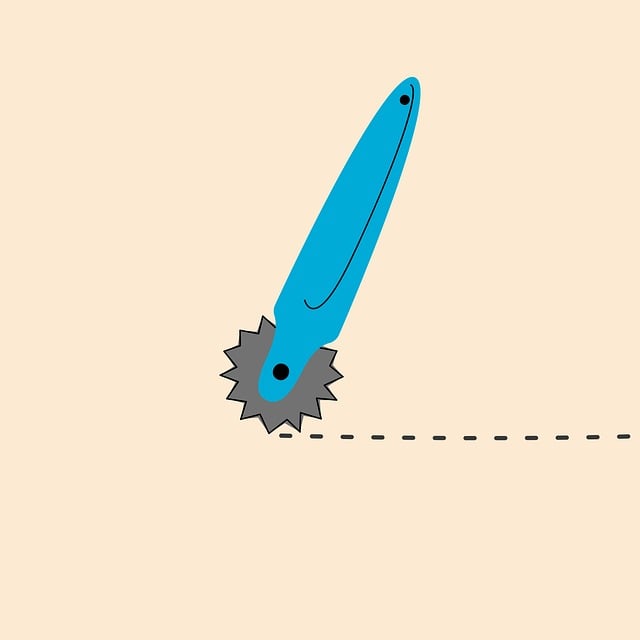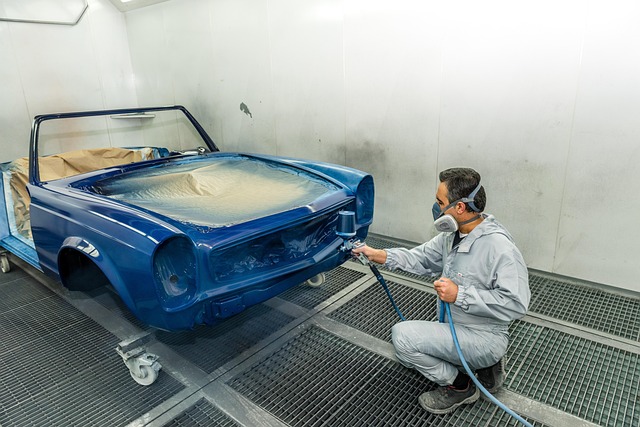Induction heating repair is a specialized technique vital for maintaining vehicles' structural integrity and aesthetic appeal after accidents or wear and tear. Skilled technicians use electromagnetic energy to precisely melt and weld metal parts without damaging surrounding finishes, preserving original car paint and vehicle paint work. Common mistakes in DIY repairs or improper techniques can lead to subpar results and further damage, especially in tasks like fender repair and dent repair. Professionals avoid these issues through proper training, adherence to preparation steps, precise temperature control, and avoiding haste. They leverage advanced tools and diagnostics for localized, efficient fixes, minimizing damage to surrounding components and enhancing vehicle performance, ensuring customer satisfaction.
Uncover the art of induction heating repair and unlock seven secret strategies that can transform your maintenance game. This comprehensive guide delves into the essentials, revealing common pitfalls to steer clear of. From understanding the fundamentals to mastering advanced techniques, you’ll explore effective practices for efficient repairs. Say goodbye to frustrating issues and embrace a proactive approach to induction heating repair, ensuring optimal performance in today’s industrial landscape.
- Unveiling the Basics of Induction Heating Repair
- Common Mistakes to Avoid During the Repair Process
- Advanced Techniques for Effective Induction Heating Repair
Unveiling the Basics of Induction Heating Repair

Induction heating repair is a specialized technique that involves restoring or replacing damaged components within a vehicle’s painting and coating system. This process is crucial for maintaining the structural integrity and aesthetic appeal of cars, especially after accidents or wear and tear. By understanding the fundamentals of induction heating repair, professionals can efficiently address issues related to car paint repair and vehicle paint repair.
At its core, induction heating uses electromagnetic energy to generate heat within metal parts, allowing for precise melting and welding. In the context of collision repair, this method is employed to fix or replace dents, cracks, and other deformities in a vehicle’s body panels without compromising the original finish. Skilled technicians utilize specialized equipment to apply controlled heat, ensuring that only the damaged area is affected, thereby preserving the surrounding car paint repair and vehicle paint repair work.
Common Mistakes to Avoid During the Repair Process

During the induction heating repair process, several common mistakes can lead to suboptimal results or even further car damage repair. One of the primary blunders is attempting DIY repairs without proper training and knowledge; this can result in incorrect adjustments, causing additional stress on components, especially during fender repair tasks. Using incompatible materials or tools can also be detrimental, as it may compromise the structural integrity of the affected area.
Another error to avoid is neglecting preparation steps such as thorough cleaning and degreasing of the surface before applying heat. This can lead to poor adhesion and an uneven finish, requiring more extensive car dent repair. Furthermore, over-heating or under-heating critical areas can cause permanent damage, so precise control and monitoring are essential. Time constraints often push people to rush through repairs, but this hasty approach increases the risk of mistakes, potentially leading to costly rework.
Advanced Techniques for Effective Induction Heating Repair
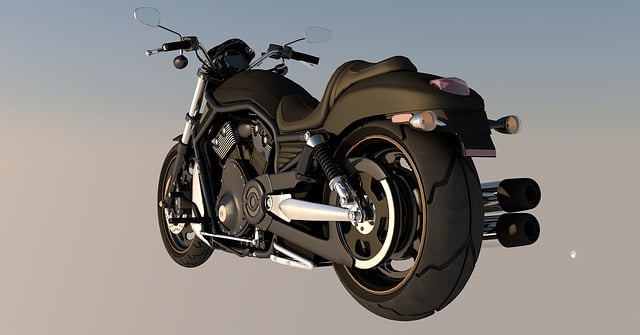
In the realm of induction heating repair, professionals employ advanced techniques to ensure precise and efficient fixes. One such method involves utilizing specialized tools that can pinpoint exact problem areas within the heating system. By focusing on localized repairs, technicians minimize damage to surrounding components, a significant advantage when dealing with delicate auto body painting and restoration processes.
Additionally, modern approaches to induction heating repair incorporate advanced diagnostics, enabling mechanics to identify issues swiftly. This includes state-of-the-art equipment that can detect even the subtlest anomalies, ensuring comprehensive assessments of auto collision centers’ needs. As a result, repairs are more effective, reducing downtime and enhancing overall vehicle performance for satisfied customers.
Induction heating repair is a specialized process that demands precision and knowledge. By understanding the basics, avoiding common pitfalls, and embracing advanced techniques, you can ensure optimal performance for your induction heating systems. Remember, proper maintenance and timely repairs are key to minimizing downtime and maximizing efficiency in any industrial setting. Stay informed, stay efficient – that’s the secret to mastery in induction heating repair.

